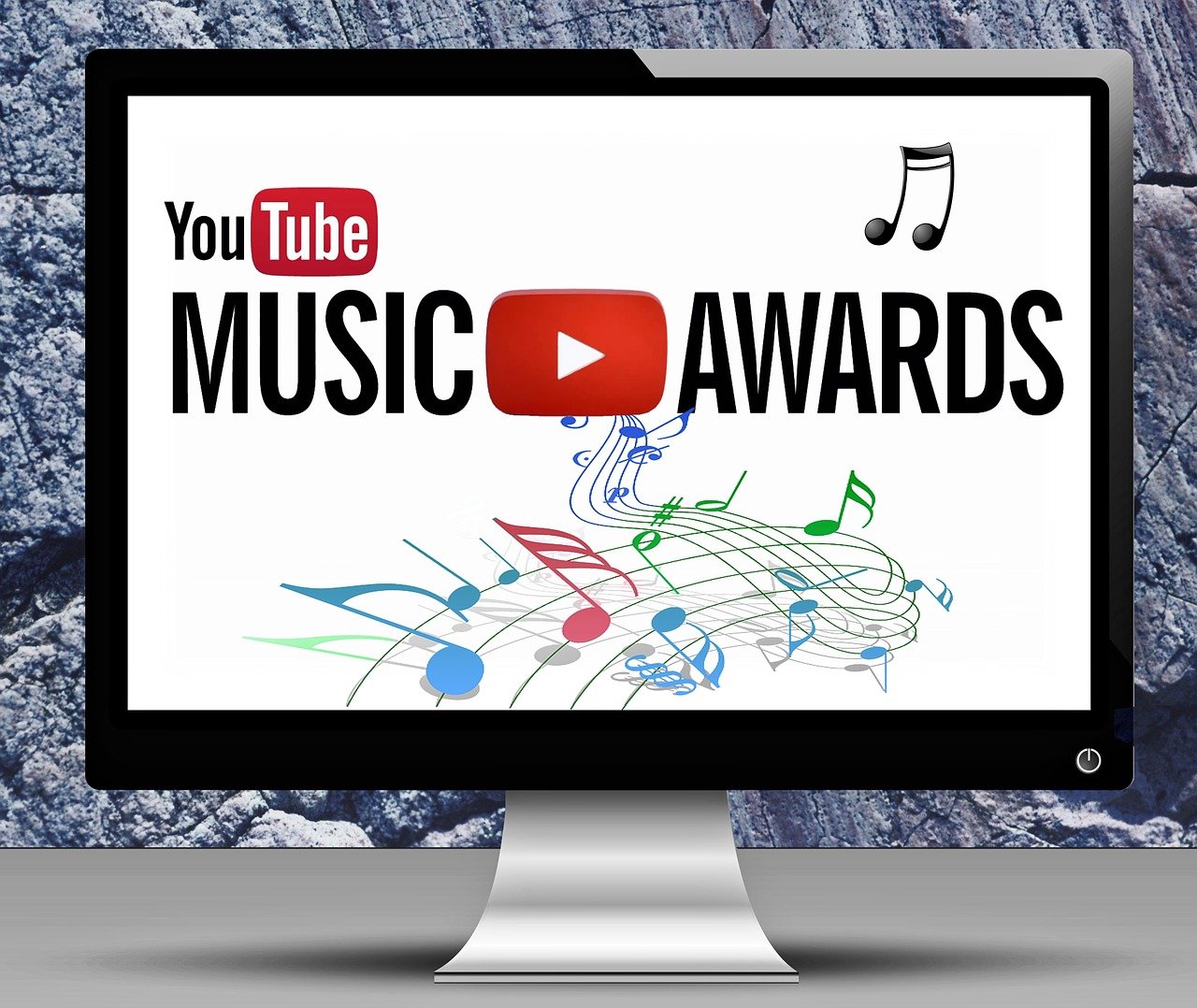新冠疫情视频英文(新冠疫情视频英文版)
The Impact of COVID-19 on Video Content: A Global Perspective
The COVID-19 pandemic has had a profound impact on the way we live, work, and communicate. One of the most significant changes has been the rise of video content as a primary means of information dissemination, entertainment, and social connection. In this article, we will explore how the pandemic has influenced the creation, consumption, and evolution of video content across different platforms and cultures.
The Rise of Video Content
The pandemic has accelerated the trend towards video consumption. With social distancing measures in place and people spending more time at home, video platforms have become a primary source of entertainment, news, and information. According to a report by Statista, global video streaming revenue is expected to reach $98.2 billion in 2023, up from $73.3 billion in 2020.
The rise of video content can be attributed to several factors. Firstly, the availability of high-speed internet and affordable data plans has made it easier for people to access video content on their mobile devices. Secondly, the proliferation of social media platforms has given creators more opportunities to share their videos with a global audience. Finally, the pandemic has led to a shift in consumer behavior, with people turning to video for entertainment and information during lockdowns and restrictions.
The Evolution of Video Formats
The pandemic has also led to the evolution of video formats to meet the changing needs of audiences. Short-form videos have become increasingly popular, with platforms like TikTok and Instagram Reels offering bite-sized content that is easy to consume on-the-go. On the other hand, long-form videos have also seen an increase in popularity, with platforms like YouTube and Netflix offering in-depth content that can be enjoyed at home.

The rise of live streaming has also been significant during the pandemic. Platforms like Zoom and Twitch have seen a surge in usage as people look for ways to connect with others while maintaining social distancing. Live streaming has become a popular way for businesses to connect with customers, for educators to teach remotely, and for influencers to build their brands.
The Impact on Content Creation
The pandemic has had a significant impact on content creation. Many creators have had to adapt their strategies to accommodate the changing landscape. For example, travel vloggers have had to pivot to other types of content, such as cooking or home improvement, while musicians have turned to live streaming and online concerts to reach their audiences.
The pandemic has also led to an increase in the production of educational and informational videos. With people spending more time at home and looking for ways to learn new skills or stay informed about the latest developments, platforms like YouTube have seen a surge in educational content. This trend has been further fueled by the rise of online learning and remote work, which has made video a crucial tool for training and development.
The Role of Video in Communication

Video has become an essential tool for communication during the pandemic. With social distancing measures in place, video calls have become the primary means of communication for many people. Platforms like Zoom and Skype have seen a surge in usage as people look for ways to stay connected with friends and family.
Businesses have also turned to video for communication purposes. From virtual meetings to webinars and online presentations, video has become a crucial tool for conducting business in a remote environment. The use of video conferencing has also led to an increase in the production of corporate videos, which are used for training, marketing, and branding purposes.
The Cultural Impact of Video Content
The pandemic has had a significant impact on cultural expression through video content. With people spending more time at home and looking for ways to connect with others, video has become a primary means of cultural expression and sharing. Platforms like TikTok and Instagram have seen an explosion of user-generated content that reflects cultural trends and movements.
The rise of online communities has also led to the emergence of new forms of cultural expression through video. For example, the #BlackLivesMatter movement saw an outpouring of support from around the world through videos sharing messages of solidarity and activism. Similarly, the pandemic has led to an increase in the production of online art exhibitions and performances, which have provided artists with new ways to connect with their audiences.

The Future of Video Content
The future of video content looks bright as technology continues to evolve and audiences become more connected through digital platforms. With the rise of 5G and the Internet of Things (IoT), we can expect an even greater integration of video into our daily lives. From virtual reality experiences to augmented reality (AR) filters and interactive video games, the possibilities are endless.
The pandemic has also led to an increased focus on diversity and inclusion in video content. As audiences become more globalized and diverse, creators are looking for ways to represent a wider range of perspectives and experiences through their videos. This trend is likely to continue as platforms become more inclusive and creators become more aware of the importance of representation in their content.
Conclusion
The COVID-19 pandemic has had a profound impact on the way we consume and create video content. From the rise of short-form videos to the evolution of live streaming and online learning, the pandemic has accelerated the growth of video as a primary form of communication and entertainment. As we move forward into a post-pandemic world, we can expect to see continued innovation in video content and its role in shaping our digital lives.





还没有评论,来说两句吧...